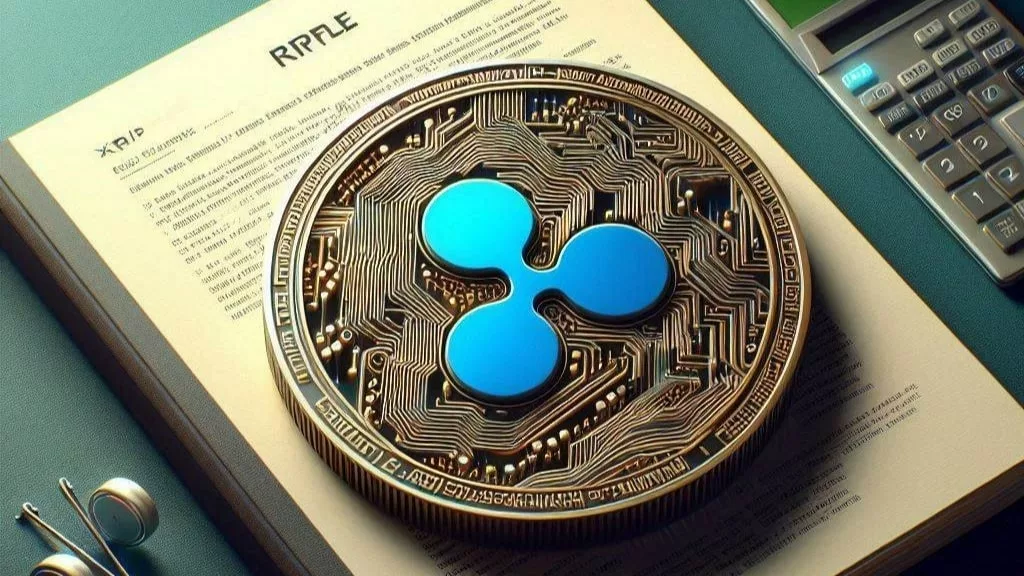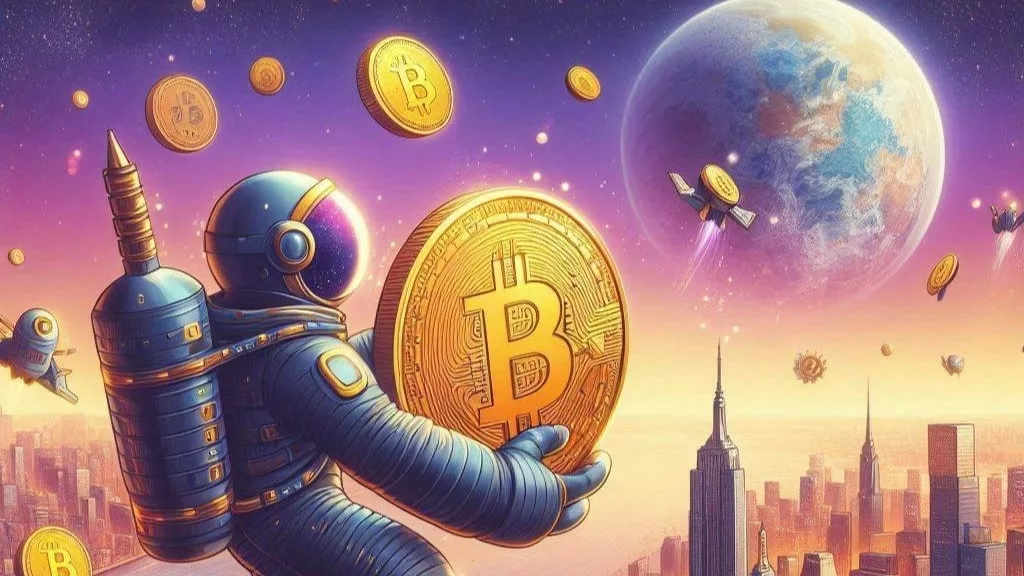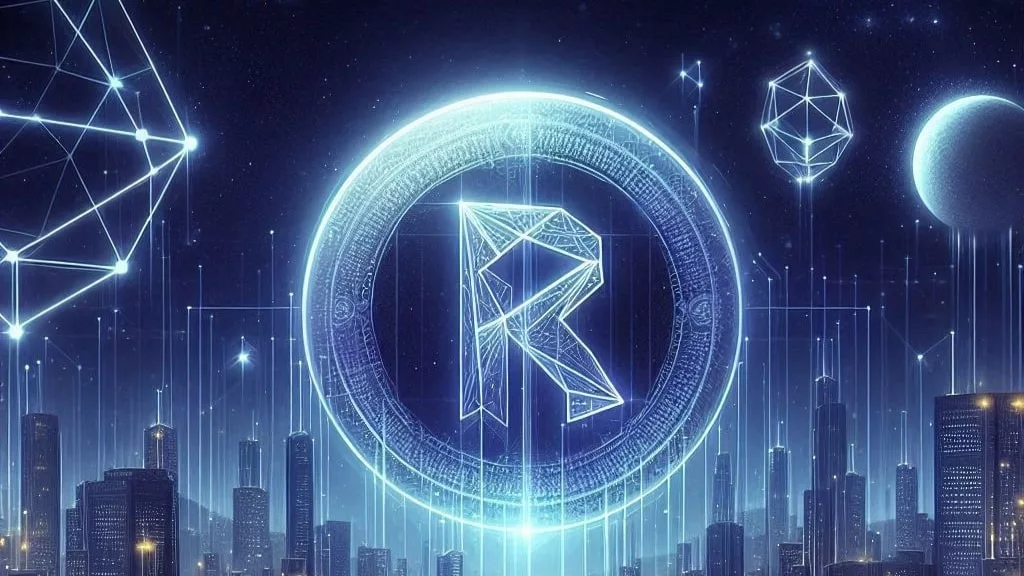
A recent post by a well-known member of the XRP community has fueled confusion by citing an outdated document from Ripple, the company behind the XRP Ledger. The post, which was shared on February 23, 2025, by a user named “Xaif,” claimed that Ripple had stated it would retain 25% of the XRP supply. The post suggested that this decision would be bullish for XRP, likening it to burning 25% of the total supply, which would presumably lead to a price increase due to reduced circulation.
The post quickly gained attention, with the message reading, “CRAZY UPDATE XRP,” and claiming that Ripple’s move would be “great for sustainability in the future.” This claim, however, is based on a misunderstanding of Ripple’s current approach to managing its XRP holdings.
As it turns out, the document Xaif referenced is from November 2014—over a decade old—and no longer holds any relevance to Ripple’s current tokenomics. Several members of the XRP community, including Matt Hamilton, former Principal Developer Advocate at Ripple, quickly pointed out the document’s outdated nature. The document, which was intended to highlight Ripple’s value proposition to finance professionals, was written long before XRP’s current escrow model was put into place.
In fact, Ripple made significant changes to its tokenomics in 2017 when it decided to lock 55% of the total 100 billion XRP supply into escrow. This escrow mechanism is designed to release 1 billion XRP tokens each month, which are then distributed to partners, including exchange-traded products and trusts, with the remainder being locked back into escrow. This mechanism ensures that Ripple has a controlled, predictable supply of XRP entering circulation.
Ripple’s decision to lock a substantial portion of XRP in escrow has been a topic of much debate within the cryptocurrency community. While it allows Ripple to manage the supply of new XRP, it has also led to criticisms of centralization. Some critics argue that the escrow model gives Ripple too much control over the supply of XRP, which undermines the decentralization principles that many in the cryptocurrency space value. There have even been claims that the model could be designed for Ripple to benefit financially at the expense of XRP holders.
As of December 31, 2024, Ripple held around 38 billion XRP, which accounts for approximately 38% of the total supply. Meanwhile, the circulating supply of XRP stood at 57.88 billion coins. This suggests that a significant portion of XRP remains under Ripple’s control, but the escrowed tokens are gradually being released in a controlled manner.
Despite the confusion caused by the 2014 document, Ripple’s current tokenomics are more transparent and structured. The company’s decision to lock a substantial portion of XRP into escrow was aimed at addressing concerns about inflation and ensuring that the token’s supply grows at a predictable rate. However, the move has not been without controversy, as some in the crypto community continue to voice concerns about Ripple’s influence over the XRP market.
It’s important for XRP holders and potential investors to understand that the 2014 document is no longer relevant and does not reflect the current state of XRP’s tokenomics. Ripple’s escrow system, which began in 2017, is the model that now dictates the flow of XRP into circulation, and it remains a key aspect of how Ripple manages its cryptocurrency.
The recent confusion about Ripple’s XRP supply was based on an outdated and irrelevant document from 2014. Ripple’s current approach to managing its token supply through an escrow model is more structured and predictable, with 55% of the total XRP locked away in escrow to be released gradually. While this model has attracted criticism for its centralization, it is clear that Ripple’s supply management system has evolved over the years to address concerns about inflation and market stability. As of now, Ripple holds 38% of the total XRP supply, while the remaining tokens are in circulation.
XRP holders and the broader crypto community should disregard any claims based on the outdated 2014 document and instead focus on understanding Ripple’s current tokenomics, which are more in line with the company’s long-term goals.



Get the latest Crypto & Blockchain News in your inbox.